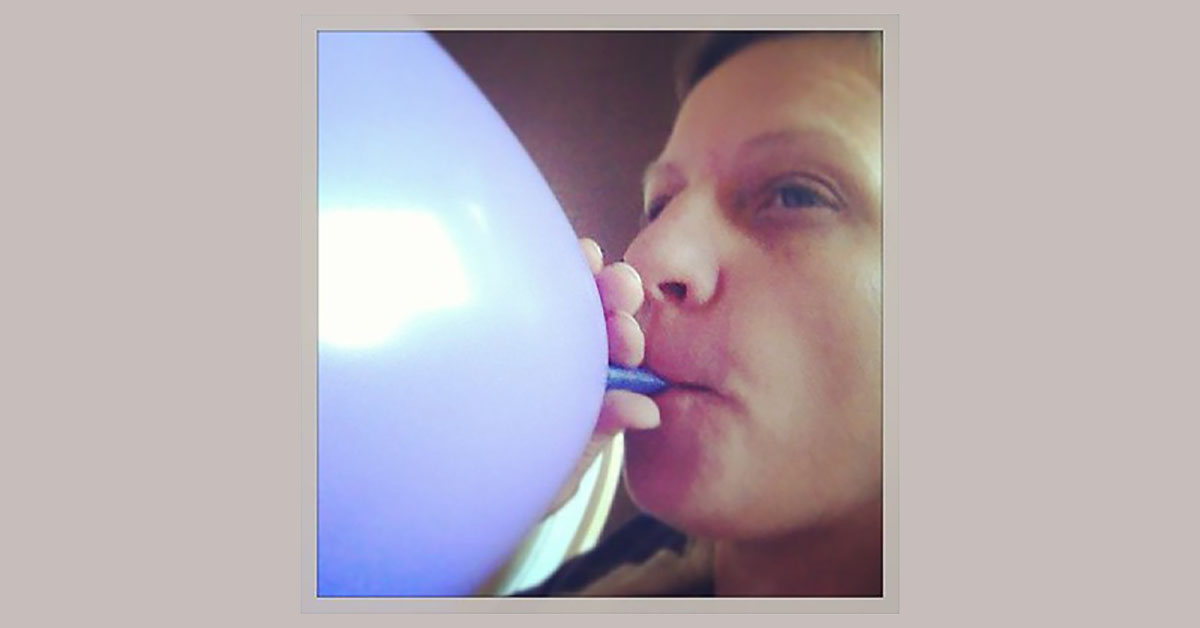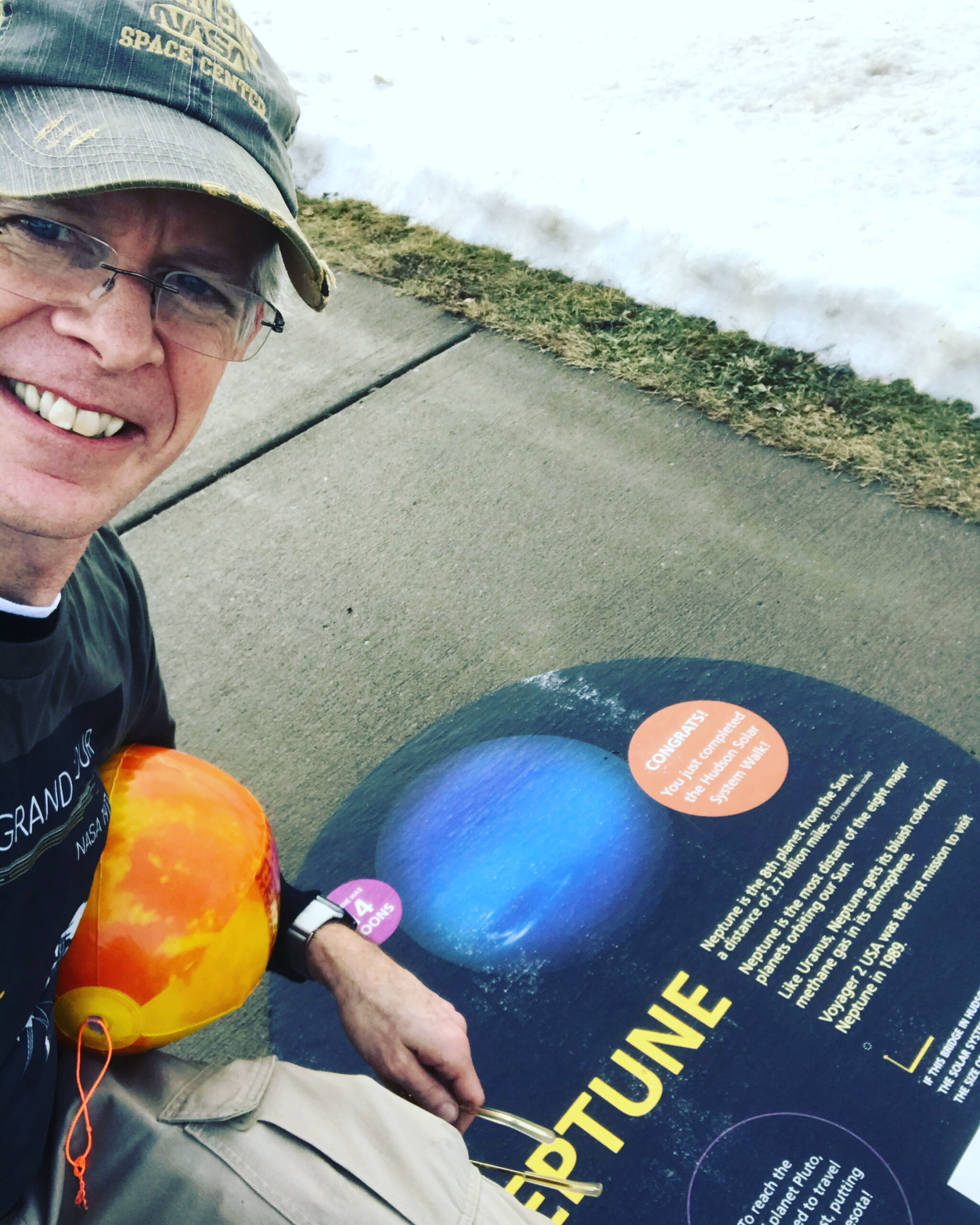This Hubble Space Telescope image shows galaxies from 550 million years ago to 13 billion years ago.
Celebrate the upcoming launch of NASA’s James Webb Space Telescope using a new Toolkit of five interactive activities. This month’s featured activity is The Expanded Universe: Playing with Time.
Patrons use balloons to model the expansion of the Universe! Use stickers and markers to explore how the expansion affects wavelengths of light and distance between galaxies. Facilitate as an in-person program at your library, as an outreach activity, or as a demonstration for a virtual program.
Time to complete: 10-45 minutes
Ages: 12 years and up
Total Cost: $5 (as a demonstration) to $20 (if conducted with multiple balloons for patrons)
Fundamental Space Science Concepts – How Expanded Universe relates to JWST:
The Expanded Universe activity demonstrates how light and objects in space move as the universe stretches. Galaxies are moving apart from each other, and the further away a galaxy is from us, the faster it is moving. Light is also being “stretched” as it travels through expanding space; that is, its wavelength is increasing—it is losing energy and becoming redder. Light from the most distant galaxies is stretched the most—it is the reddest.
As the James Webb Space Telescope looks at these distant galaxies, it will also show us what the universe looked like when it was very young. Here on Earth, we are used to seeing things almost at the same instant that they happen. Light travels so fast, it seems that hardly any time passes between when light reflecting off an object until it reaches our eyes. But the universe is such a large place that it takes a long time for light to travel from distant places to our eyes. When we see Jupiter in the sky, we are seeing it as it looked at least 30 minutes ago. It takes light many years to get to us from other stars, and millions to billions of years to reach us from other galaxies. Because of this delay, images from powerful telescopes show us what distant objects in our universe looked like long ago, back in time. The stars we can see with our naked eyes are no more than thousands of light years away which means their light took thousands of years or less to reach us. This is a very long time on a human scale, but a mere blink of an eye in the life of a star NASA’s James Webb Space Telescope will be able to look at very distant objects and capture light that has been traveling through space for millions or billions of years. The images from this new telescope will show us how things appeared far back in time.
Video Resources for you to use and share with patrons:
Cool Cosmos: The Center of the Universe
Science Short video: The First Light After the Big Bang
NASA Science Live: A Telescope Like a Time Machine
Ultra Deep Field: Looking Out into Space, Looking Back into Time
STAR Net JWST Event Page: Look Up! Explore Our Universe
Discover more JWST Launch Toolkit activities at
http://clearinghouse.starnetlibraries.org/176-look-up-explore-our-universe





Leave A Comment